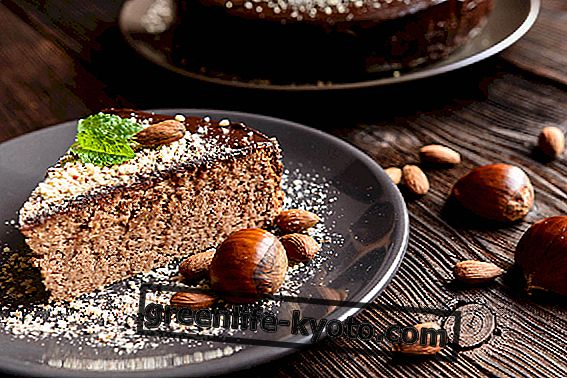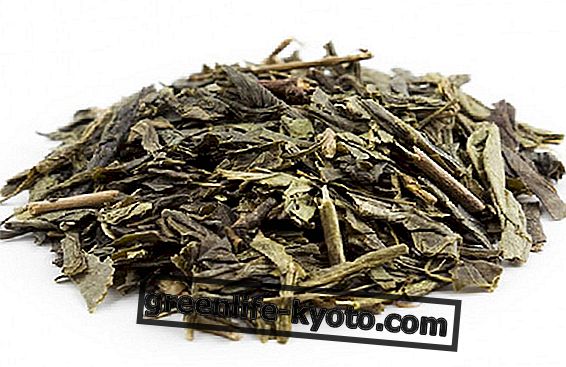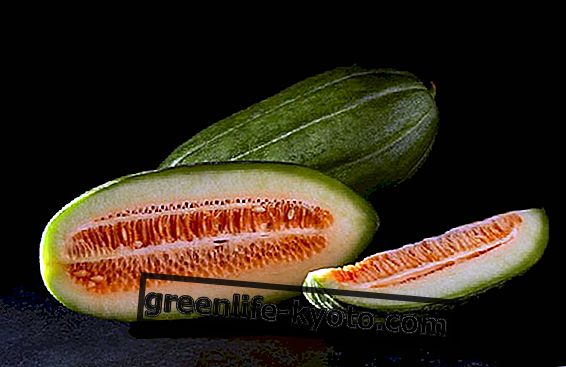
Pears contain calcium and boron, a substance that is especially good for the brain and memory. Pears are also an excellent source of fiber and contain pectin and lignin: two medium-sized fruits are enough to cover about 30% of the daily requirement; however it is important to know that the fibers are contained above all in the peel . Thanks to the high presence of dietary fiber, the pear is a precious fruit for the intestine but also for the cardiovascular system; pectin and lignin, in fact, help keep cholesterol and blood sugar levels under control. Pears, moreover, despite being quite rich in sugars, have a low glycemic index .
These fruits can be considered real mineral supplements; they contain mainly potassium, vitamin C, vitamin K and copper.
There are many varieties of pears
There are many varieties of pears, some summer, others winter, others present almost all year round. In January, the pears that we find most easily among the fruit stalls are the Conference, the Kaiser, the Abbot Fetel and the Decana del Comizio.
- The Conference pear is very popular because it is sweet and juicy; is for sale from the beginning of November to the end of June.
- The Abate Fetel pear is one of the most requested qualities. It is grown mainly in Emilia Romagna, particularly in the provinces of Ferrara and Modena. It is very appreciated for the wonderful smell of the pulp. It is found on fruit stands from September to April.
- The Kaiser pear, juicy and crunchy, can be recognized by the peel, which is a uniform brown color. It can be bought from September to April and is excellent both raw and cooked.
- The Decana del Comizio is characterized by a rounded shape and a reddish color. It has a very sweet and compact flesh and is particularly suitable for the preparation of jams and fruit juices. It is marketed from October to March.
Pears in the kitchen
Pears are a very versatile ingredient . The high pectin content makes them perfect for the preparation of jams and, thanks to their characteristic sweetness, they are excellent for the preparation of cakes and pies. Pears, however, also lend themselves very well to pairings with salted foods, the saying says : never let the farmer know how good the cheese is with pears and, in fact, one of the ways to fully enjoy them is with cheeses, for example gorgonzola, caprino or other cheeses with an intense flavor. An idea for an appetizer or an aperitif? Pears stuffed with gorgonzola cheese and walnuts; it is sufficient to cut the pears in half, to partially empty them from the pulp and to fill the void that we have created with a cream of gorgonzola and chopped walnuts.
Two salads with pears
Pears in salad, lend themselves to many combinations. Here are two ideas:
Orange, pear and walnut salad
Typically winter salad, four people need: two medium ripe pears, two medium oranges, 30 grams of walnuts, salt, extra virgin olive oil, pepper, lemon. Wash the pears very well, cut them into wedges, without depriving them of the peel, and sprinkle the lemon on them so as not to blacken the pulp; Peel and slice the oranges, coarsely chop the walnuts and add them to the fruit in a nice serving dish; season with a drizzle of extra virgin olive oil, salt and pepper.
Pear, fennel and endive salad
For four people it is necessary: two medium pears, a large fennel, a head of Belgian endive, lemon, salt, pepper, extra virgin olive oil. Wash the pears very well, cut them into wedges without removing their peel and sprinkle the lemon over them; wash and cut the fennel and Belgian endive into thin strips; add everything in a serving dish and season with oil, salt and pepper.













